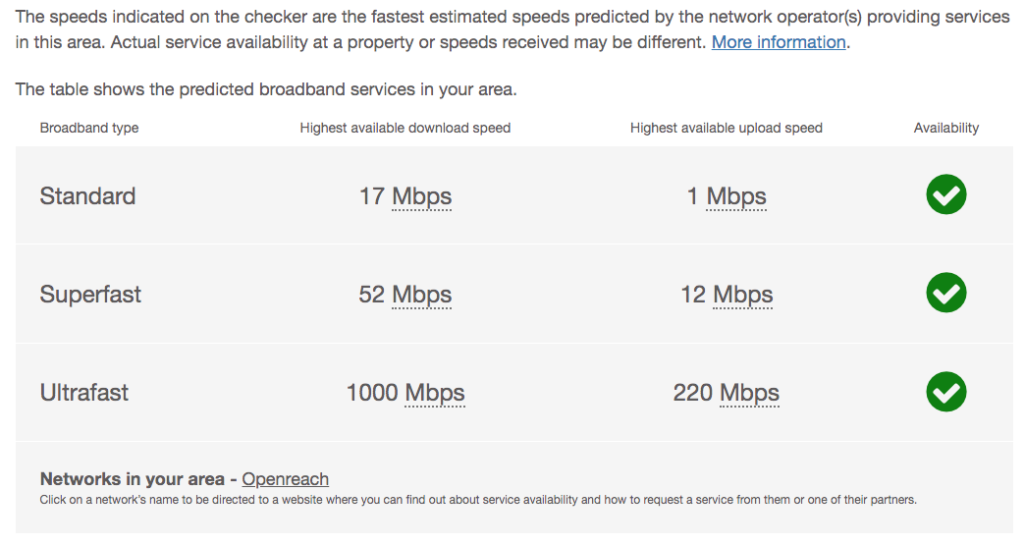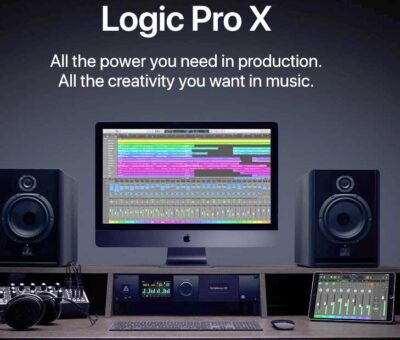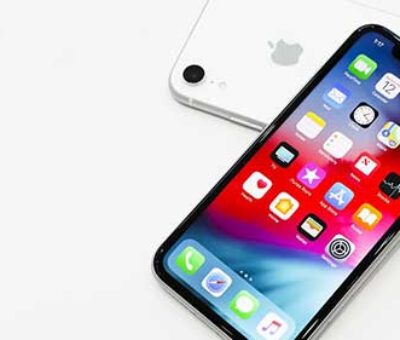OK – I haven’t upgraded my Internet connection since 2021 and wanted to know what on earth I was supposed to upgrade to. I currently have a business package with a landline telephone number built in but now it seems we can ditch the landline – and go with broadband only packages.
So what are the different internet connection types in 2023?
General from a website info: “The three most common types of fixed-line broadband in the UK are ADSL, cable and fibre. ADSL stands for Asymmetric Digital Subscriber Line – and is the most commonly available type of broadband, delivered through the copper wires of your phone line.”
What are the five 5 types of internet connectivity?
Types of Broadband Connections
Digital Subscriber Line (DSL)
Cable Modem
Fiber
Wireless
Satellite
Broadband over Powerlines (BPL)
From moneysavingexpert.com…
“Consider if you really have a need for the fastest speeds – standard speeds are fine for many. Broadband is the standard way to connect to the internet, but the key differentiator is speed, measured in megabits per second (Mb) – and the faster the speed, generally the pricier it gets.”
Standard – with average speeds of 10-11Mb. This is the basic level, sometimes called ADSL.
Fibre-optic broadband – average speeds of 35-36Mb (though some offer 50Mb). This is delivered through more sophisticated glass or plastic wires before connecting to your home. See fibre deals.
Fast fibre-optic – with average speeds around 60Mb. Uses the same fibre wires, it’s just faster.
Superfast fibre-optic broadband – with average speeds usually above 100Mb. This requires more sophisticated wiring usually direct to your home, and is only available from a limited number of suppliers.
Here’s a quick graphic I found of the current types in the South of England UK.

As you can see – when I did a search for broadband connections in my area these three types of internet connection were offered up as options: Standard: Superfast: Ultrafast: But what do these actually mean?
Standard:
Superfast:
Ultrafast:
ADSL – or ‘Asymmetric Digital Subscriber Line’
is widely available, but is the slowest and oldest broadband type you can get. It’s run through a fixed-line network of copper telephone cables that come from your nearest exchange, into your street’s cabinet and then across into your property. The typical download speeds are on average about 8Mbps as the copper cables can only transmit limited data.
Fibre (or FTTC) broadband
Fibre – or ‘fibre-to-cabinet‘ – is most popular and widely used broadband type in the UK. It’s way faster than ADSL and gives a selection of speeds to choose from that can range from 30Mbps up to 70+Mbps. It’s faster, because rather than running from the broadband exchange to the street cabinet along the older, copper cables, the fibre network uses fibre-optic cables. The rest of the connection runs from the cabinet to your property – hence the name ‘fibre-to-the cabinet’ and why some providers refer to it as ‘part fibre’.
Full Fibre (or FTTP) broadband
‘Full Fibre’ – also known as ‘fibre-to-premises‘ – can give you some of the fastest broadband speeds available as it essentially takes the fibre-optic line straight into your home. The speeds range from 100Mbps to just over a mighty 1Gbps because fibre-optic cables use light pulses to send information, so the lines are ultrafast because they’re sending the data at light speed. But full Fibre is more expensive and it hasn’t been rolled out across much of the country. Openreach plans to provide it to 25 million homes and businesses by 2026. In 2023 10 million homes can access Full Fibre Internet connections.
Mobile (or 4G/5G) broadband
4G and 5G broadband are alternatives to fixed line broadband that are becoming increasingly popular. 5G home broadband is an alternative to a traditional fixed-line internet connection. This following article explains more on this type of broadband in a comprehensive guide to 5G broadband – but it essentially allows you to connect to a provider’s 4G or 5G mobile network mast to power your internet. 5G broadband takes seconds to set up, has no connection fees and is portable. Plus, it also provides rapid download speeds that allow you to stream 8K video or download a UHD movie in a few seconds. For instance – “While cable internet relies on wired connections, T-Mobile Home Internet uses the power of over-the-air 5G to provide reliable connectivity where wires can’t reach. T-Mobile’s 5G network is built on a series of cell sites/towers that use radio waves to send and receive data. Your gateway converts the nearest 5G signal into Wi-Fi, allowing you to access the internet wirelessly. Just like plants need sunlight to thrive, your gateway needs 5G radio waves to deliver the best wireless performance. Putting your gateway in a window helps it connect to the nearest 5G cell tower or data hub, allowing for faster download and upload speeds, lower latency and greater capacity connection.”



